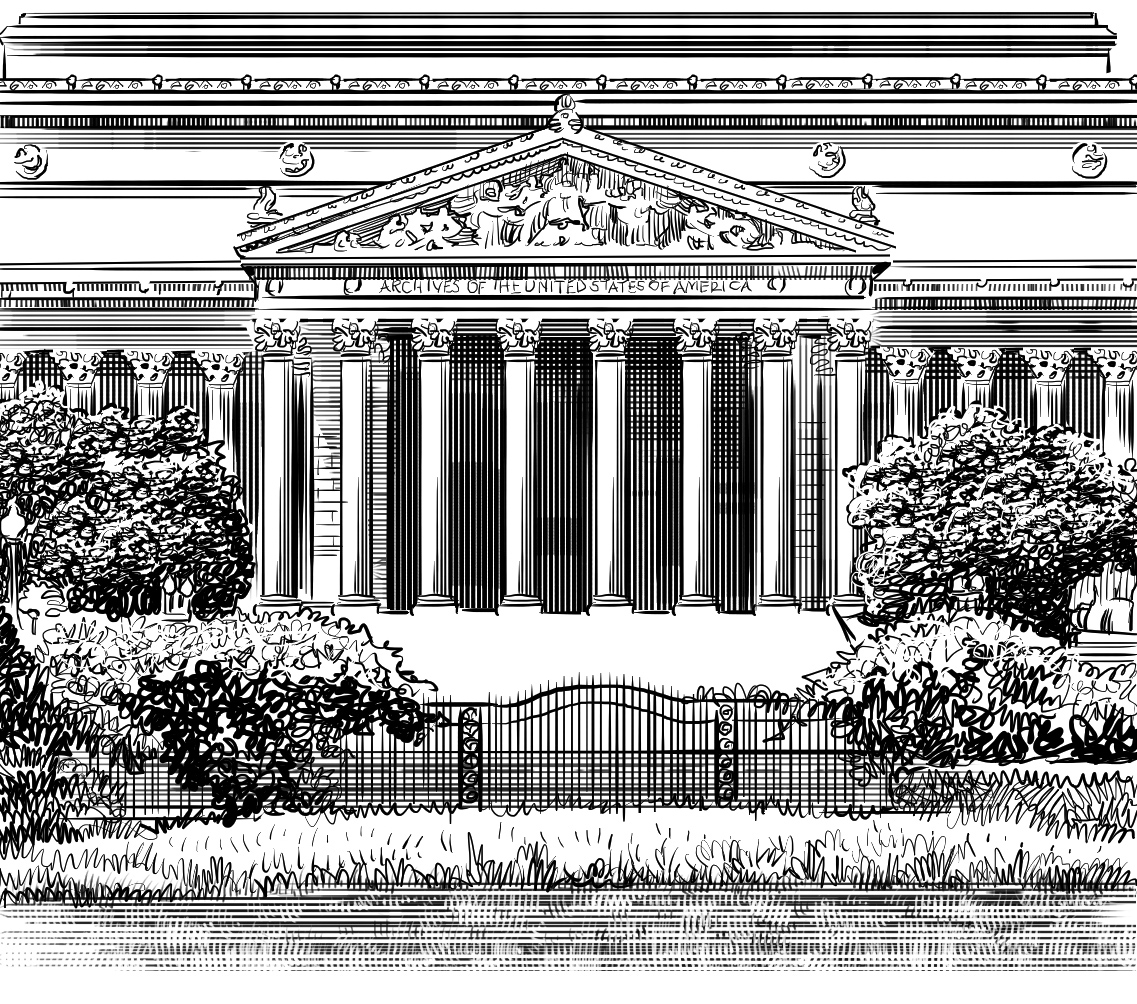CHAPTER 9
The Living Constitution
The US Constitution was far from finished in 1789. The founders knew that every generation of Americans would face new changes—changes the founders couldn’t foresee. So, they made sure that future citizens could control and change their government. One way is by adding more amendments. Since the Bill of Rights, seventeen other amendments have been added to the Constitution.
Some amendments right the wrongs of the past. Slavery was a burning injustice left standing when the Constitution was first written. The issue led to the Civil War (1861–1865). Upon the victory of the North, the Thirteenth Amendment (1865) was passed, outlawing slavery everywhere in the United States. Later, the Fourteenth and Fifteenth Amendments granted equal protection under the law to all citizens in 1868, and voting rights to all men in 1870.

Thirteenth Amendment
It wasn’t until 1920, with the passing of the Nineteenth Amendment, that voting rights were given to another huge group of Americans: women.
There have been thousands of attempts to amend the Constitution. But it’s very hard to do. Two-thirds of the House and Senate have to agree on a new amendment. Then three-quarters of the states also have to pass it.

Women’s Right to Vote

Elizabeth Cady Stanton, Lucretia Mott, and Sojourner Truth
Over the course of the country’s history, situations have arisen that have brought to life every point that the framers debated. Eight presidents died or were assassinated in office. Because of the Constitution, vice presidents were ready to step into office and keep our government running smoothly.


The framers hoped the Constitution was strong enough to hold up the government in difficult times. And it has. The Constitution—that amazing four-page document—created the longest-living democratic government ever known.
You can see the original signed copy of the Constitution on display at the National Archives in Washington, DC. The ink of George Washington’s signature has hardly faded. And at the top, embossed in huge, flowing script, are the words that include all Americans: “We the people.”

Where Is the Original Constitution?
